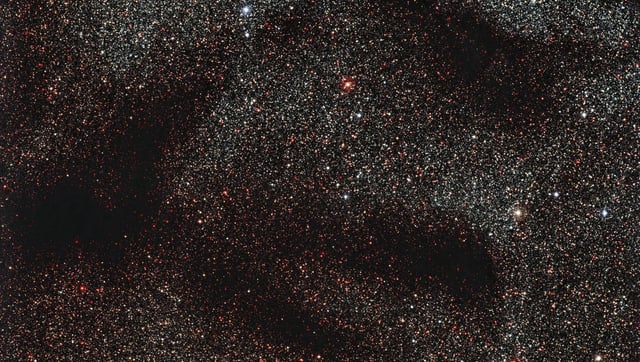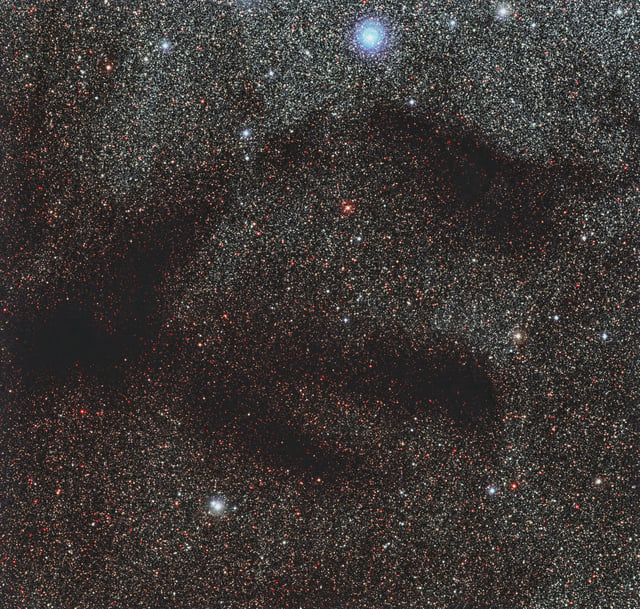Overview
- Eos, one of the largest molecular clouds ever observed, spans 40 full Moons in the sky and has a mass approximately 3,400 times that of the Sun.
- The cloud remained undetected until researchers applied a novel far-ultraviolet fluorescence technique to data from the STSAT-1 satellite, bypassing traditional CO-based detection methods.
- Situated on the edge of the Local Bubble, Eos provides a nearby laboratory to study molecular cloud formation, dissociation, and the processes that lead to star and planet creation.
- Researchers estimate that Eos will dissipate in roughly six million years, offering a limited window to study its evolution and role in the interstellar medium.
- The discovery, published in *Nature Astronomy*, paves the way for further searches for hidden molecular clouds and could transform our understanding of galactic gas reservoirs.



![Astronomers discover Eos, a vast cloud of hydrogen near the Solar system. (Thomas Müller [HdA/MPIA] and Thavisha Dharmawardena [NYU])](/cdn-cgi/image/onerror=redirect,width=640,height=640,format=webp/https://storage.googleapis.com/uploads.mongoosehq.com/url/media/20763231/19d3cb6ac1216067e63ba9293bf564dbf4ebb492e2ec1e5787a42f7be49827c4)